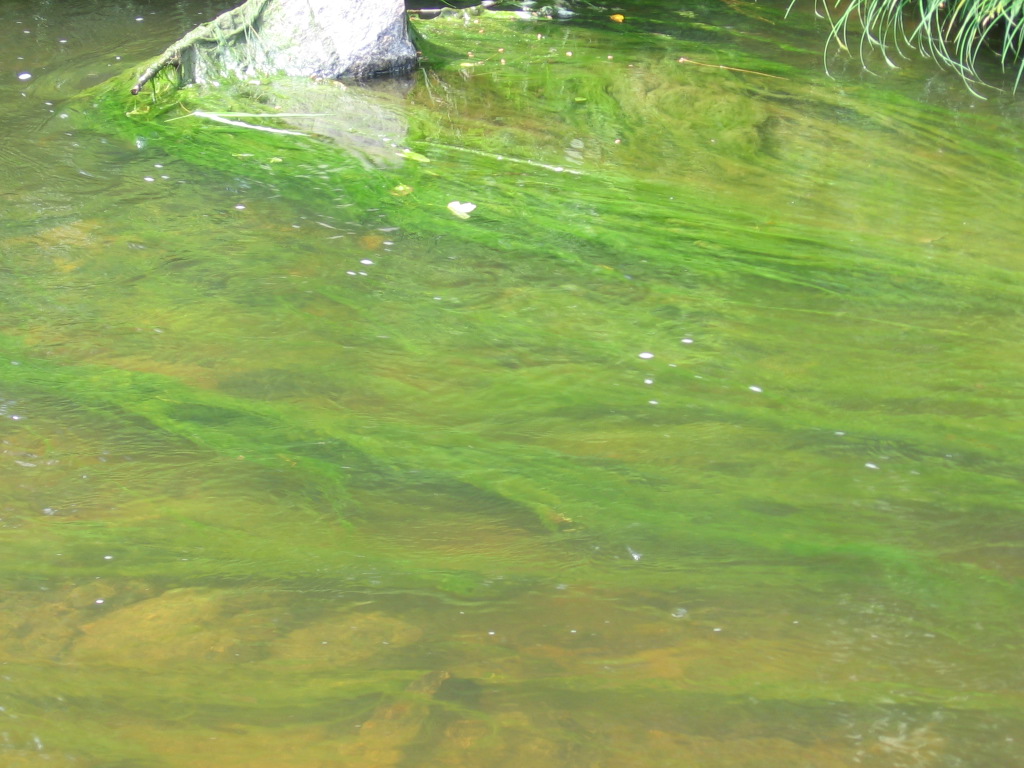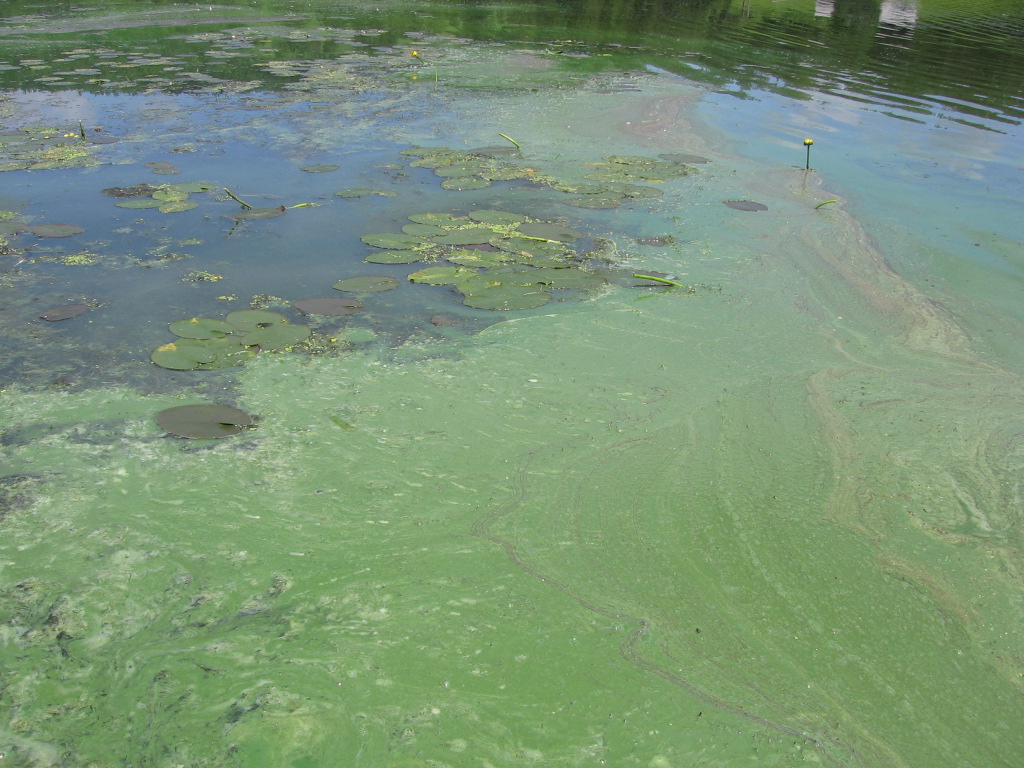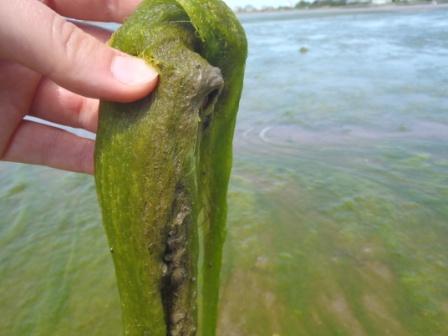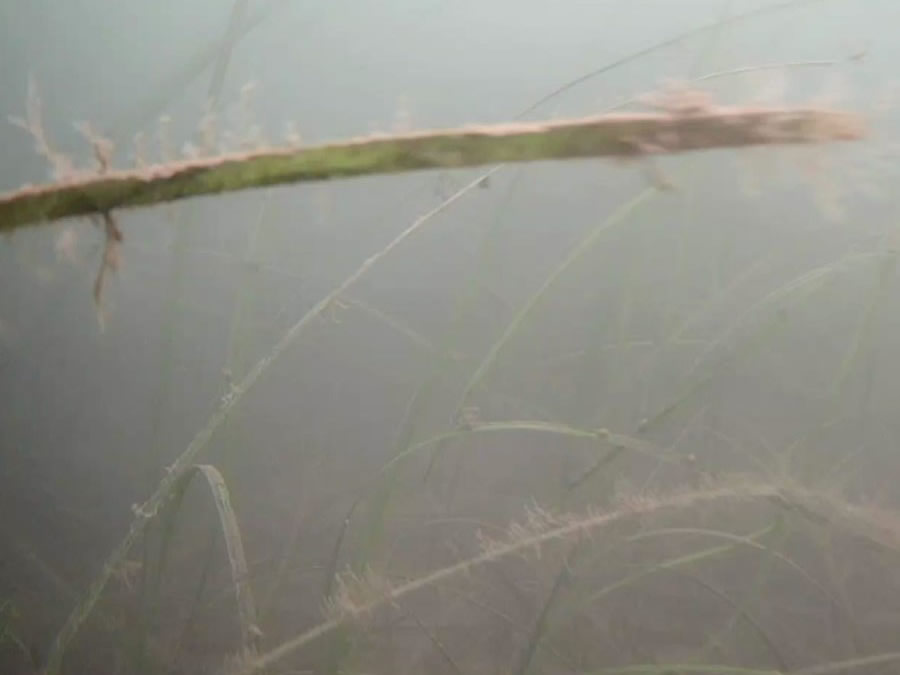Home → Water Quality → Programs → Nutrient Criteria
Nutrient Criteria
Nutrient enrichment can cause negative environmental impacts to surface waters, such as algal blooms, low dissolved oxygen concentrations, fish kills, excessive growths of filamentous algae or bacteria, and generation of cyanotoxins. To better manage nutrient enrichment, the U.S. Environmental Protection Agency (USEPA) recommends that states develop and adopt numeric criteria for nitrogen and phosphorus for all jurisdictional waters and requires states to report annually on progress toward this goal. The Department has been developing nutrient criteria to incorporate into Maine's water quality standards since 2001.
Freshwater Nutrient Criteria


From 2001 to 2012, the Department developed an integrated approach to nutrient criteria, and worked cooperatively with the United States Environmental Protection Agency (USEPA) to find an acceptable way to incorporate this approach into a rule. The integrated approach simultaneously evaluates nutrient concentrations and environmental response indicators to determine if criteria are attained.
In 2013, USEPA based their “Guiding Principles for Integrated Nutrient Criteria (Bioconfirmation)” in part on Maine's approach to nutrient criteria. In 2020 the Department worked with numerous stakeholders representing dischargers, consultants, other State agencies, USEPA and environmental NGOs to develop a draft rule that used this integrated approach.
Chapter 583: Nutrient Criteria for Class AA, A, B, and C Fresh Surface Waters was adopted by the Board of Environmental Protection and became effective on June 11, 2025. The technical support document for the rule can be found here: Description of Draft Nutrient Criteria.
Maine's water quality standards include five classes of fresh surface waters: AA, A, B, or C, and GPA. Class GPA includes lakes, which are not covered by Chapter 583. Maine law has lake-specific water quality standards related to trophic state and are assessed differently than other fresh waters.
Chapter 583 combines numeric concentration values for total phosphorus (TP) with values for response indicators such as chlorophyl, algal cover and sewer fungus in a decision framework for determining attainment of the criteria. Chapter 583 also provides for establishing site-specific criteria for total phosphorus and other nutrients through additional rulemaking. In some circumstances, it may be necessary to establish a site-specific TP value that is lower than the default TP value of the Class to achieve attainment of water quality standards. In other circumstances, it may be reasonable to establish a site-specific TP value that is higher than the default TP value of the Class if a waterbody consistently attains environmental response indicators despite having higher TP concentrations. Finally, the Department may set site-specific values for another nutrient, such as nitrogen, if it is necessary to attain water quality standards. Site-specific nutrient values could be added to the rule through a separate rulemaking process.
A combination of nutrient and environmental response indicators are needed to fully evaluate the impacts of nutrient enrichment. Nutrient enrichment does not always lead to negative environmental responses. Shading, scouring, grazing, substrate instability, and water chemistry could limit the growth of algae and plants despite abundant nutrients. Further, some forms of nutrients are not readily available to aquatic life. Thus, water quality standards focused only on nutrient concentrations could lead to false positives; some waterbodies could be called impaired even though there are no deleterious environmental responses. Similarly, low nutrient concentrations do not always indicate good environmental conditions. A large portion of nutrients in some streams and rivers is associated with episodic spikes in nutrient concentrations following storms. Although a series of water samples collected during low flow conditions could miss the peak nutrient concentrations, resident algae and plants could uptake and store some of the nutrients. Further, substantial growths of algae and plants can strip nutrients from the water. As a result, water samples could underestimate the amount of nutrients because the nutrients are no longer in the water. Thus, water quality standards focused only on nutrient concentrations could lead to false negatives; some waterbodies would attain criteria even despite substantial ecological impacts.
Estuarine and Marine Nutrient Criteria
In the marine environment, the impacts of excess nutrients are similar to those seen in fresh waters. However, while phosphorus is often the limiting nutrient for growth of algae in fresh surface waters, nitrogen is typically the limiting nutrient in marine waters. In estuaries and coastal areas, excess nitrogen can cause:
- blooms of phytoplankton and macroalgae that can smother organisms living on and within mudflats
- loss of marine vegetation like seagrasses that are important for carbon sequestration, shoreline protection, and provide important habitat and feeding grounds for juvenile fish and invertebrates
- declines in oxygen concentrations in bottom waters that can cause losses to the biological community, even fish or shellfish kills
- loss of recreational uses like swimming


From 2016-2020, the Department and Friends of Casco Bay collaborated to monitor summer water quality in the Portland area. Department water quality data collection was partially supported by a Maine Outdoor Heritage Fund award. From fall 2020-summer 2022 the Department received support from the EPA's Nutrient Scientific Technical Exchange Partnership & Support (N-STEPS) program to conduct data analyses for derivation of nitrogen targets in the Class SC area in the vicinity of Portland. The N-STEPS process occurred coincidentally with stakeholder meetings of the Portland Area Nitrogen Group. Pertinent documents for each of these processes are available at the following links:
- N-STEPS Project summary report
- N-STEPS narrative nutrient criteria summary report
- Portland Area Nitrogen Group meeting summaries:
Related marine nutrient criteria documents:
- The Cadmus Group/Saquish Scientific Nutrient Criteria Report (PDF) (November 2009)
- DEP Nutrient Criteria Report to the Legislature (PDF) (June 2008)
- Battelle Nutrient Criteria Report (PDF) (February 2008)
Contacts
Freshwater Nutrient Criteria: Jeanne DiFranco (207) 699-8345
Marine Nutrient Criteria: Angela Brewer (207) 592-2352